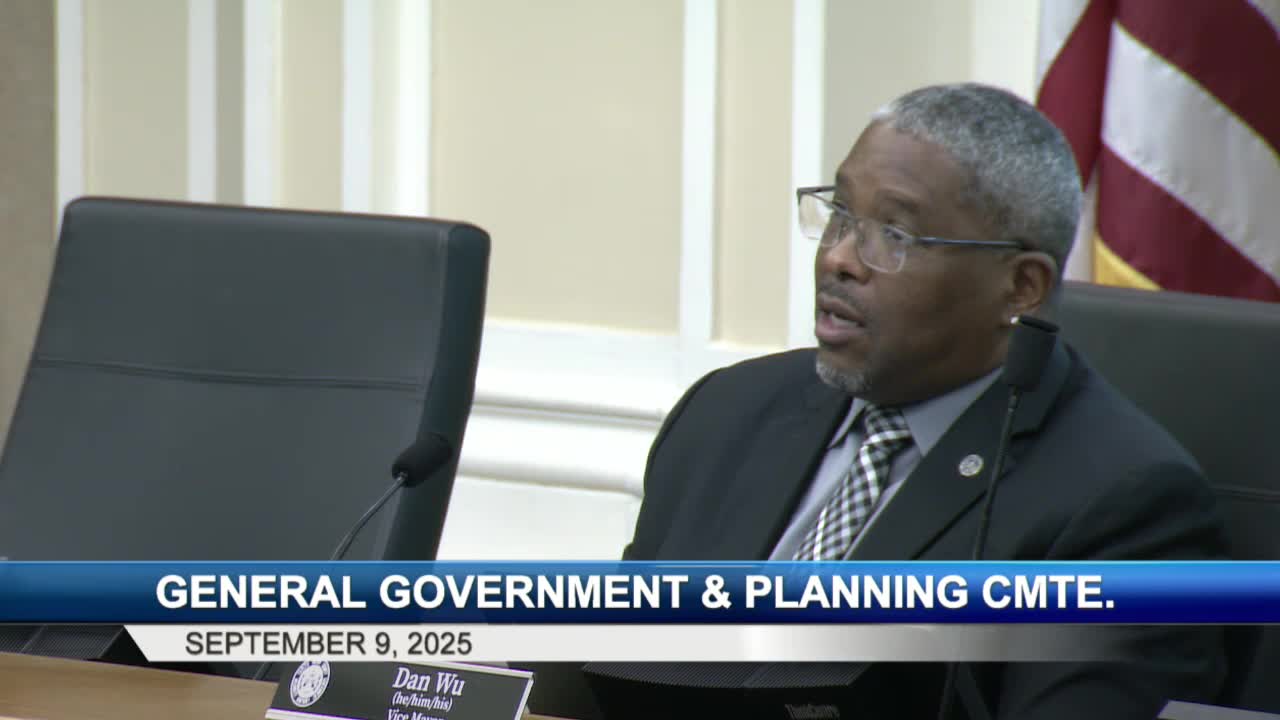Council Member Savicki Raises Concerns on Net Commuters and Housing Needs
September 09, 2025 | Lexington City, Fayette County, Kentucky
This article was created by AI summarizing key points discussed. AI makes mistakes, so for full details and context, please refer to the video of the full meeting. Please report any errors so we can fix them. Report an error »

During the recent Lexington General Government and Planning Committee meeting, a significant discussion emerged around the need for strategic planning in residential and economic development. Council member Savicki highlighted the importance of considering net commuters in future planning efforts, suggesting that understanding the optimal number of people commuting in and out of the community is crucial for effective housing strategies.
Savicki emphasized that as urban planners, there should be data available to determine this optimal level, which could help align housing availability with job opportunities. He pointed out that large economic projects, such as a proposed 6,000-employee plant on 250 acres, would significantly impact land use for residential development. This connection between job creation and housing needs is vital for long-term planning.
The committee discussed the necessity of relying on external sources for accurate population projections, which would incorporate new job creation data. This approach aims to ensure that housing strategies are responsive to the evolving economic landscape.
Additionally, Savicki proposed the idea of establishing a cap on the maximum usable land for development each year, which could help manage growth sustainably. He concluded by expressing gratitude to Vice Mayor Wu and Council member Dr. Sheehan for their contributions to the ongoing discussions.
As Lexington continues to navigate its growth, these discussions underscore the importance of integrating economic and residential planning to foster a balanced and thriving community.
Savicki emphasized that as urban planners, there should be data available to determine this optimal level, which could help align housing availability with job opportunities. He pointed out that large economic projects, such as a proposed 6,000-employee plant on 250 acres, would significantly impact land use for residential development. This connection between job creation and housing needs is vital for long-term planning.
The committee discussed the necessity of relying on external sources for accurate population projections, which would incorporate new job creation data. This approach aims to ensure that housing strategies are responsive to the evolving economic landscape.
Additionally, Savicki proposed the idea of establishing a cap on the maximum usable land for development each year, which could help manage growth sustainably. He concluded by expressing gratitude to Vice Mayor Wu and Council member Dr. Sheehan for their contributions to the ongoing discussions.
As Lexington continues to navigate its growth, these discussions underscore the importance of integrating economic and residential planning to foster a balanced and thriving community.
View full meeting
This article is based on a recent meeting—watch the full video and explore the complete transcript for deeper insights into the discussion.
View full meeting
